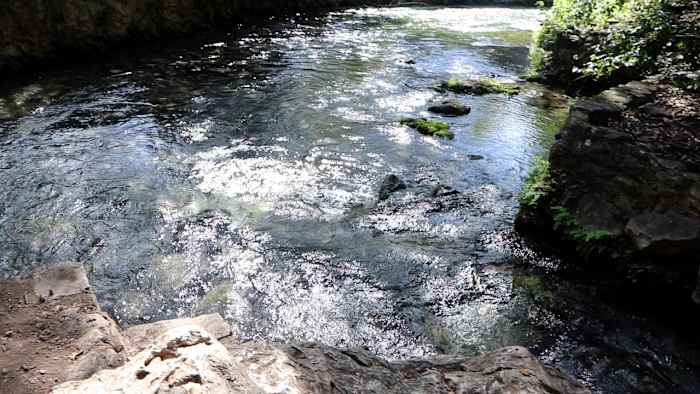STORY HIGHLIGHTS
RESTRICTION IMPROVEMENTS: Aquifer flow has improved stage requirements
WHO DOES IT AFFECT?: Pumpers (not SAWS customers) who have permits for the Edwards Aquifer
WHAT DOES IT MEAN?: Pumpers will face reductions of 40% in Stage 4
The Edwards Aquifer Authority has issued Stage 4 restrictions, an improvement from last week’s Stage 5 designation, for those who have permits to pump from the Edwards Aquifer.
WATCH: How does the Edwards Aquifer work & why is it so heavily regulated? KSAT Explains
DROUGHT LEVELS
San Antonio is no stranger to droughts, but a multi-year lack of rainfall and record heat have pushed aquifer levels to numbers not seen in decades. In fact, should the aquifer ever fall below 622.7′, it would be at its second-lowest point since records have been kept (as measured at the J-17 well).
The record low occurred during the mid-1950s’ mega-drought. During that period, aquifer levels dropped as low as 612.5′. However, it is worth noting that this is the lowest reading since the EAA was established in 1993. The EAA is tasked with protecting aquifers and springs to maintain habitats for endangered species.
WHO DOES THIS AFFECT?
This is NOT for SAWS customers, but rather for those who hold permits to pump from the Edwards Aquifer. When a 10-day rolling average of the aquifer level falls below 630.0′, Stage 4 restrictions are to be issued. This reduces the amount of water that can be pumped from the aquifer. If the aquifer were stable, reductions from normal allotments would not be needed. By Stage 4, pumpers must reduce the amount they pump by 40%, which is a significant reduction.
WHAT DOES THIS MEAN FOR SAWS CUSTOMERS?
Nothing for now. Customers are still asked to follow Stage 3 restrictions, which call for once a week from 5 – 10 a.m. and 9 p.m. – midnight on your designated watering day, as determined by your address. However, SAWS is the EAA’s largest pumper, which means they, too, face a reduction of water from the aquifer. As a result, SAWS’ other water sources will have to be relied upon more heavily.
WHAT’S NEXT?
We hope for rain. While we know rain just recently fell across South Texas, producing multiple inches, more will come, and the pattern will improve; it’s a matter of how quickly that will happen.
Based on history, San Antonio and the surrounding areas often emerge from droughts with a significant flood.
QUICK WEATHER LINKS
Copyright 2025 by KSAT – All rights reserved.


